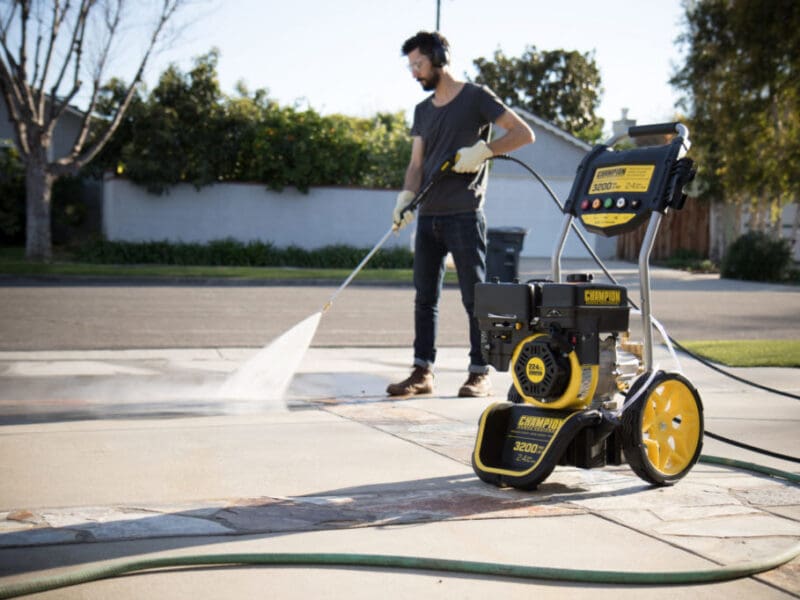
AED: Is It Safe? What Are the Safety Considerations During Its Use?
An Automated External Defibrillator (AED) is an electronic device that is portable that can analyze the rhythm of the heart and can rectify the underlying heart problems that may cause sudden cardiac arrest. There are many questions regarding its safety and safety considerations during its use. Let us throw light on some of them.
Direct Contact
While using the AED, no one should be in direct contact with the patient. During the electrical shock, AED will instruct everyone for standing clear. When you are operating, you should repeat this command so that everyone stands clear of the patient. You should not spend any excessive time and it is important for delivering the shocks as fast as possible. As this is a very emergency situation, you should be very flexible and quick and will not spend much time.
Chest Hair
The chest pads should be attached directly to the skin and thus excessive chest hair may disrupt the function. When the electric shock is applied, if the patient has excessive chest hair, it may result in burns. Thus before the application, a razor should be applied for shaving off the chest hair. But you should not spend much time on this during emergency. AED Advantage Sales Ltd. will guide you with the safety considerations of all their equipment before you start applying them to patients.
Water
Electricity and water should not be mixed! During the application, a towel should be used for drying the chest of the patient. Electricity always takes the path of least resistance and when there is water on the chest, the shock will travel through the water and not through the heart muscles.
Explosive Environment
As AED is delivering an electric shock, there always remains the hazard of the spark. So, you should not use this equipment in a volatile setting where there is an accumulation of flammable vapor. For example, near petrol pumps and gas stations, the AED should not be used. The use of oxygen should also be done wisely. When the medical staff is using Oxygen for the patient, it should be at least one meter away from the AED. There may remain a possibility of oxygen buildup within the environment.
Person-Specific Considerations
- When any patches of transversal medication are visible, you should remove them from the body of the patient after wearing gloves
- AED is safe for pregnant women
- When a person has a pacemaker, AED pads should not be placed directly over the device. Healthcare professionals are trained enough in determining whether the patient is carrying a pacemaker or not.
Conclusion
AEDs are portable devices to check the heartbeat and correct any underlying problems which may cause cardiac arrest. You should ensure that AED does not come into contact with the water. So, you should keep a towel for keeping the body of the patient dry. When any patient has excessive chest hair, a razor should be applied before applying the AED. Whatever activities are done, should be done very fast as the entire action is an emergency where the patient is fighting with life and death.







